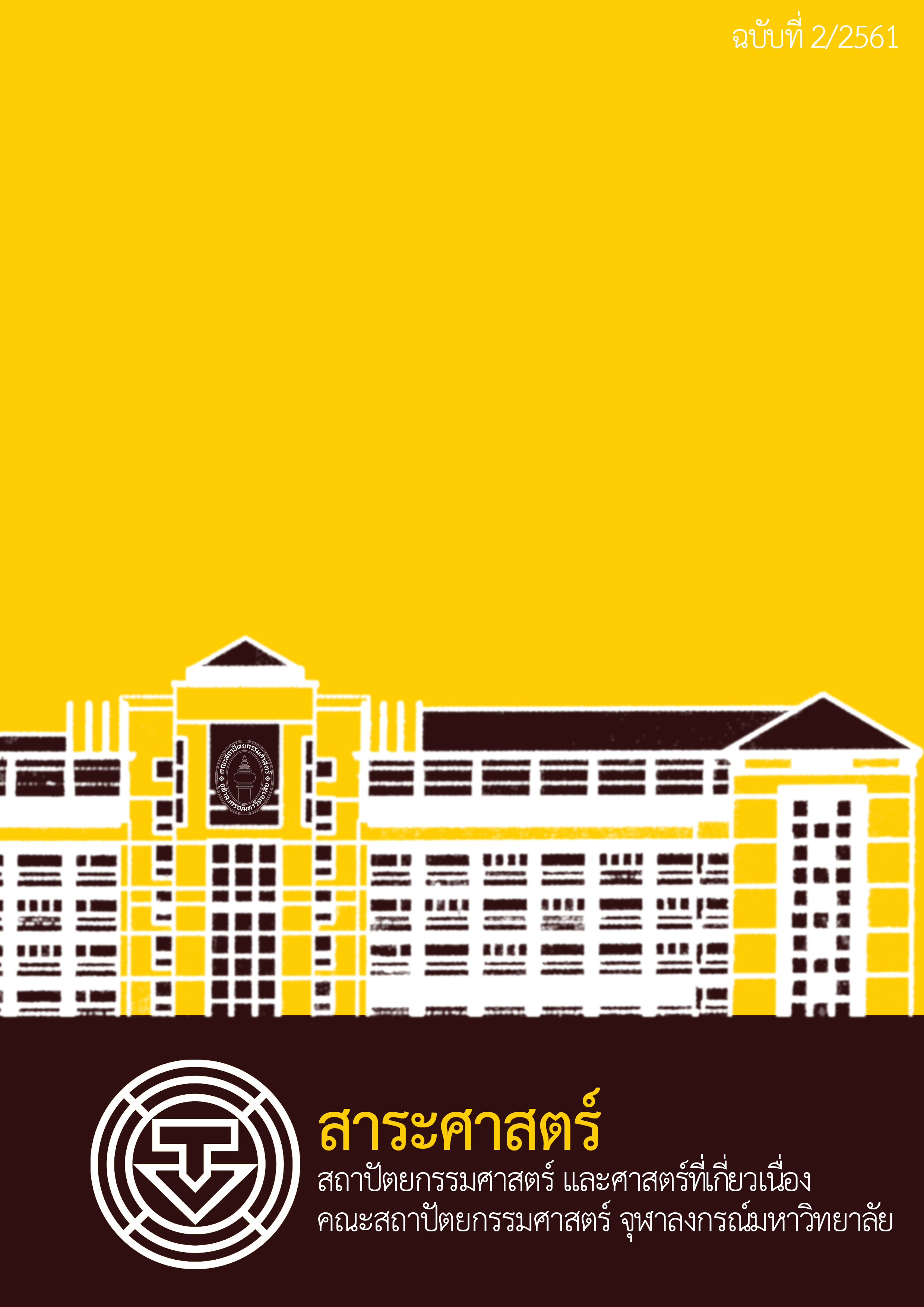Effect of Color, Finishing and Lighting on the Perception of Well-being and Image of Up-scale hospital ward
Main Article Content
Abstract
Nowadays, the hospital business is expanding and the environment in which it evolves is becoming more competitive. The design of the healing environment can have an impact on the well-being that they receive. This study aims to understand the influence of element. The experiment used image with difference color, finishing and lighting; which each set comprising the factor. The results revealed that warm white lighting color temperature were more positively perceived. The results showed that wood finishing appearance significantly affects both expensive and reliable. Wall painted has more perceptions of energize. Therefore, for another study proposed to study further by adding factor detail in order to have a better understanding of hospital ward design.
Article Details
References
Cifter, A.S., and Cifte, M. A Review on Future Directions in Hospital Spatial Designs with a Focus on Patient Experience. The Design Journal 12 (September 2017): 1998-2009.
Dalke, H., Litteria, J., Niemanna, E., Camgoza, N., Steadmana, G., Hilla, and Stott, S. Color and lighting in hospital design. Optic & Laser Technology 38, 4-6 (2005): 343-365.
Fang, Y., Wu, C., and Lee, W. Visitors’ Experiences of the Art Gallery at a Teaching Hospital, Journal of Experimental and Clinical Medicine 4 (December 2012): 175-179.
Gezer, H. The accessibility of the health buildings and hospitals. Istanbul Ticaret Universitesi Fen Bilimleri Dergisi 13 (2014): 113-133.
Hareide, P.J., Bjorberg, S., Store-Valen, M., Haddadi, A., and Lohne, J. Strategies for optimization of value in hospital buildings. Procedia - Social and Behavioral Sciences 226 (October 2016): 423-430.
Huisman, M., Morales, E., Hoof, J.V., and Kort, M. A. Healing environment: A review of the impact of physical environmental factors on users. Building and environment 58 (June 2012): 70-80.
Kotler, P. Atmospherics as a marketing tool. J. Retail 49 (1973), 48-64.
Mehrabian, A. and Russell, J. A.. An Approach to Environmental Psychology. Cambridge: MIT press (1974).
Stidsen, L., Kirkegaard, P.H., and Fisker, A.M. Design proposal for pleasurable light atmosphere in hospital wards, Proceedings of Colour and Light in Architecture Conference
Suess, C., and Mody, M. Hospitality healthscapes: A conjoint analysis approach to understanding patient responses to hotel-like hospital rooms. International Journal of Hospitality Management 61 (November 2016): 59-72.
Verschoren, L., Annemans, M., Steenwinkel, I.V., and Heylighen A.. How to design child-friendly hospital architecture? Young patients speaking. Proceedings of the 3rd European Conference on Design4Health, Sheffield-Hallam University
Waller, S., and Masterson, A. Designing dementia-friendly hospital environments. Future Hospital Journal 2 (October 2015): 63-68.
Zhang, X., Lian, Z., and Ding, Q. Investigation variance in human psychological responses to wooden indoor environments, Building and Environment 109 (September 2016): 58-67.


